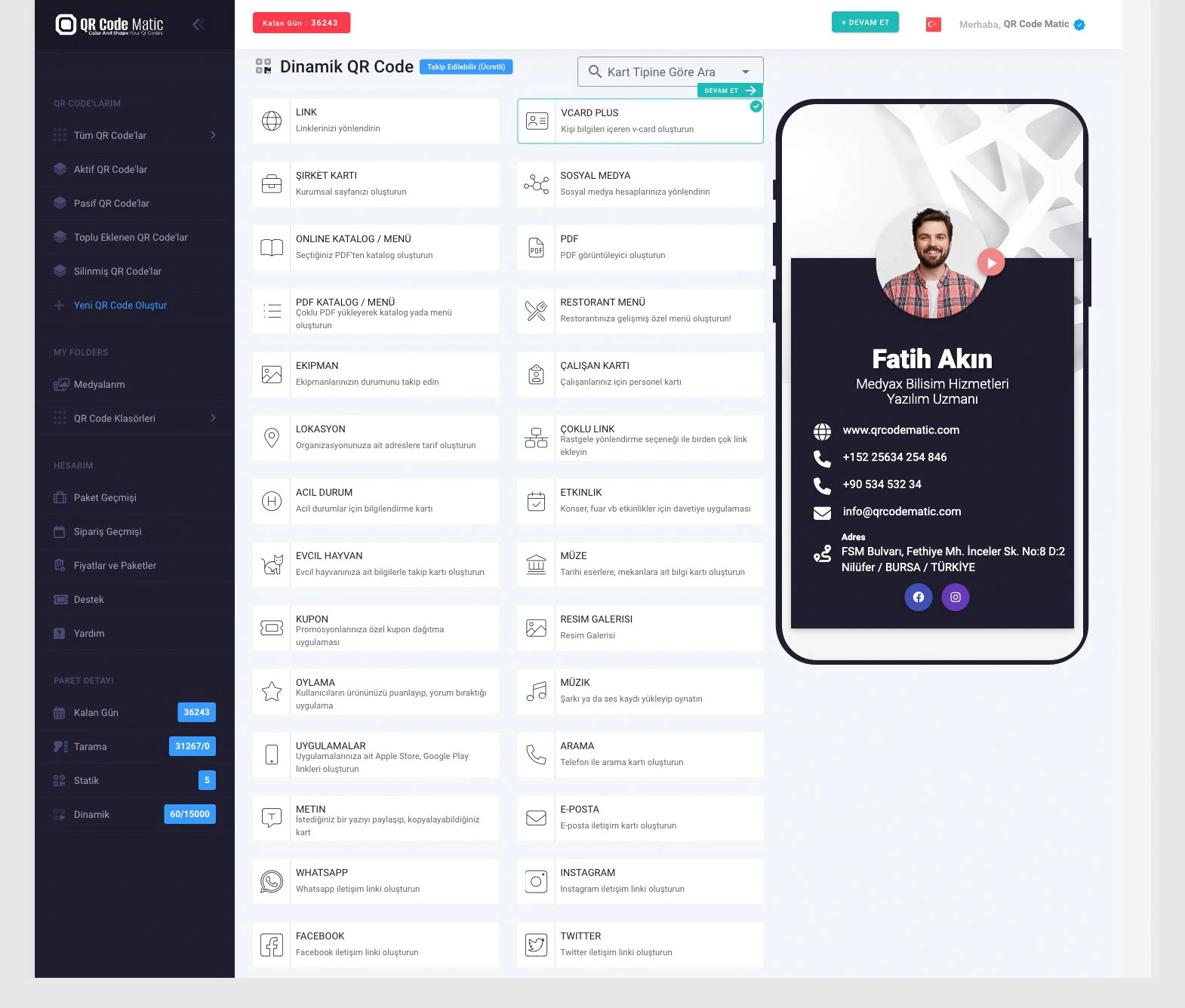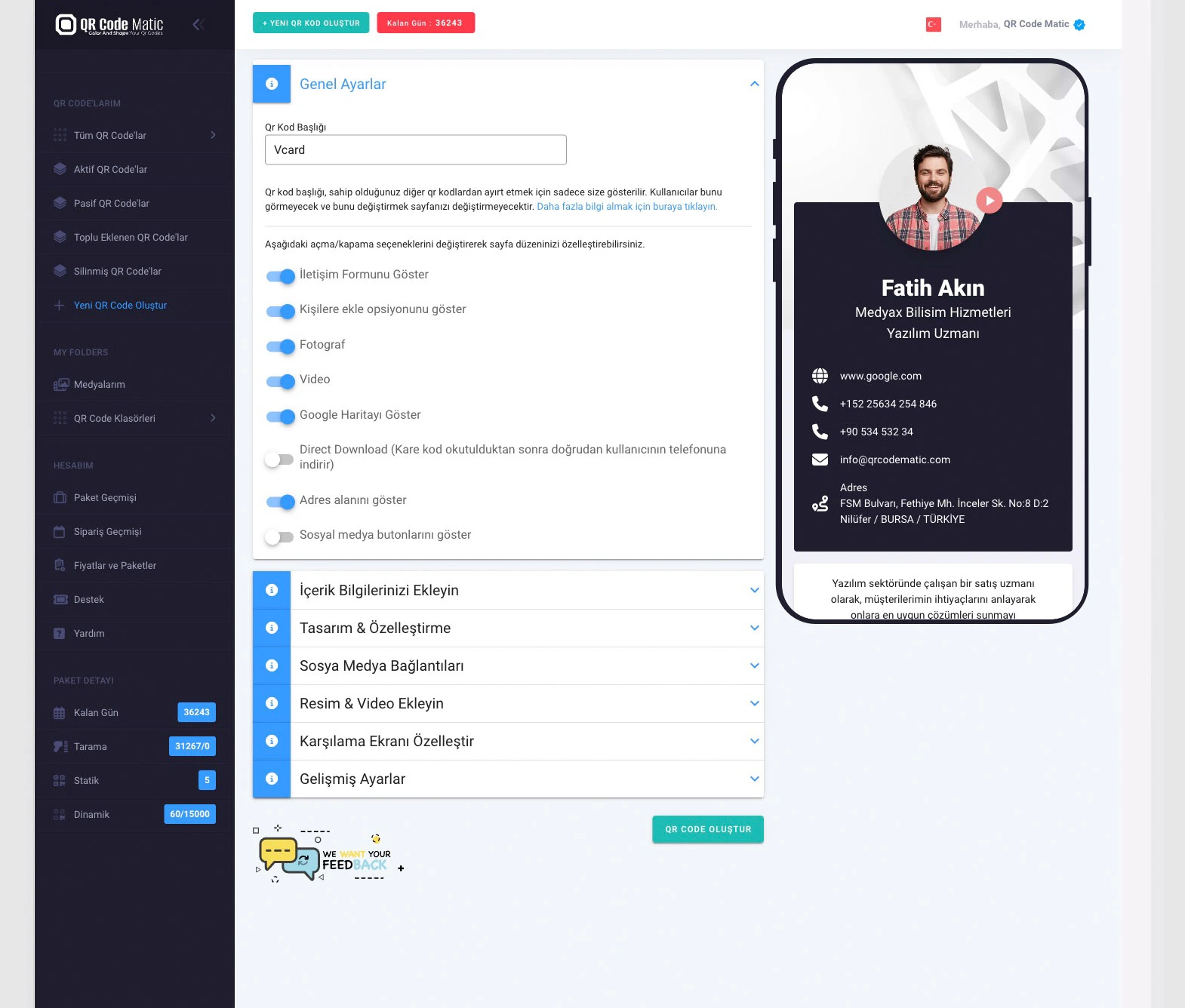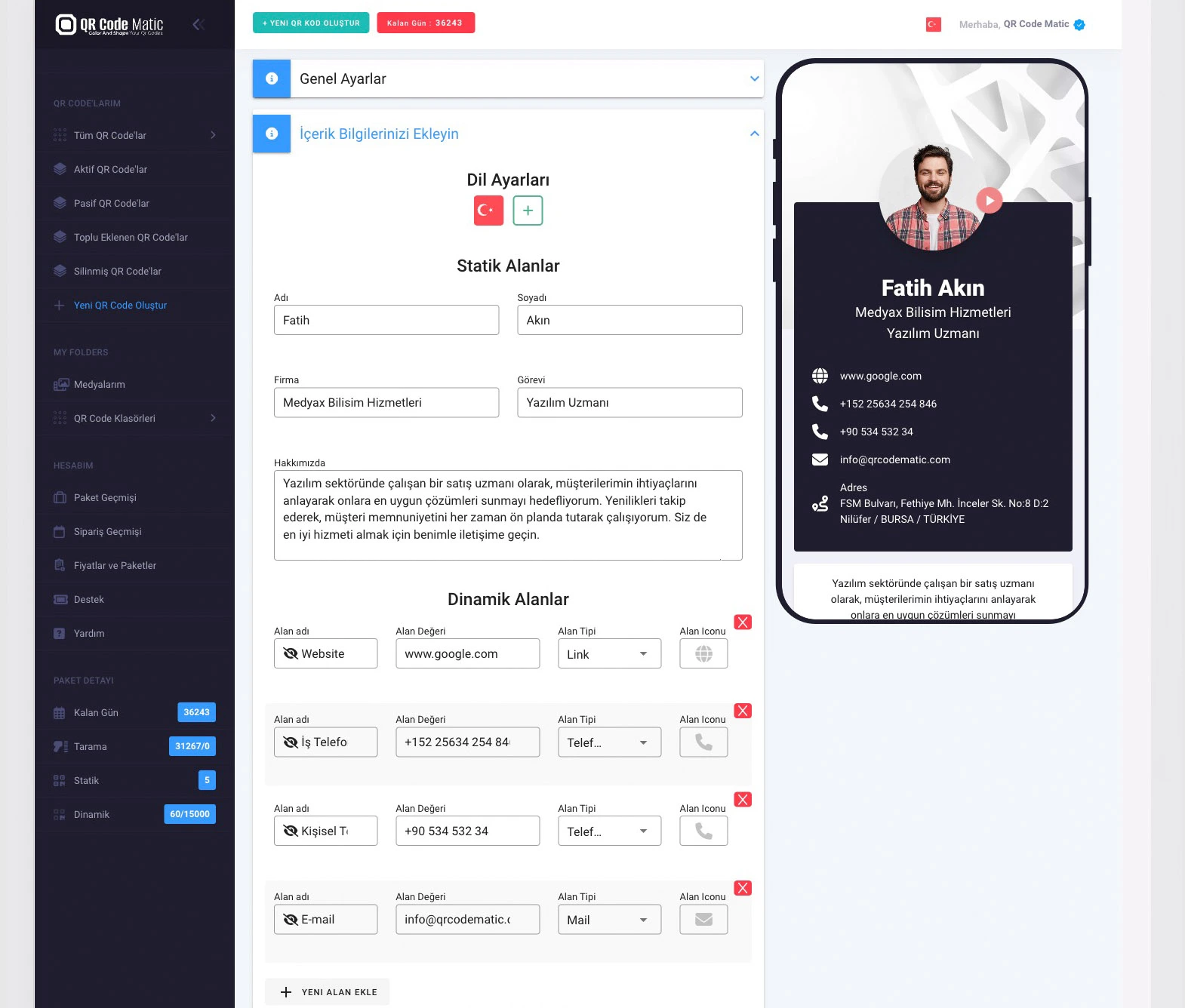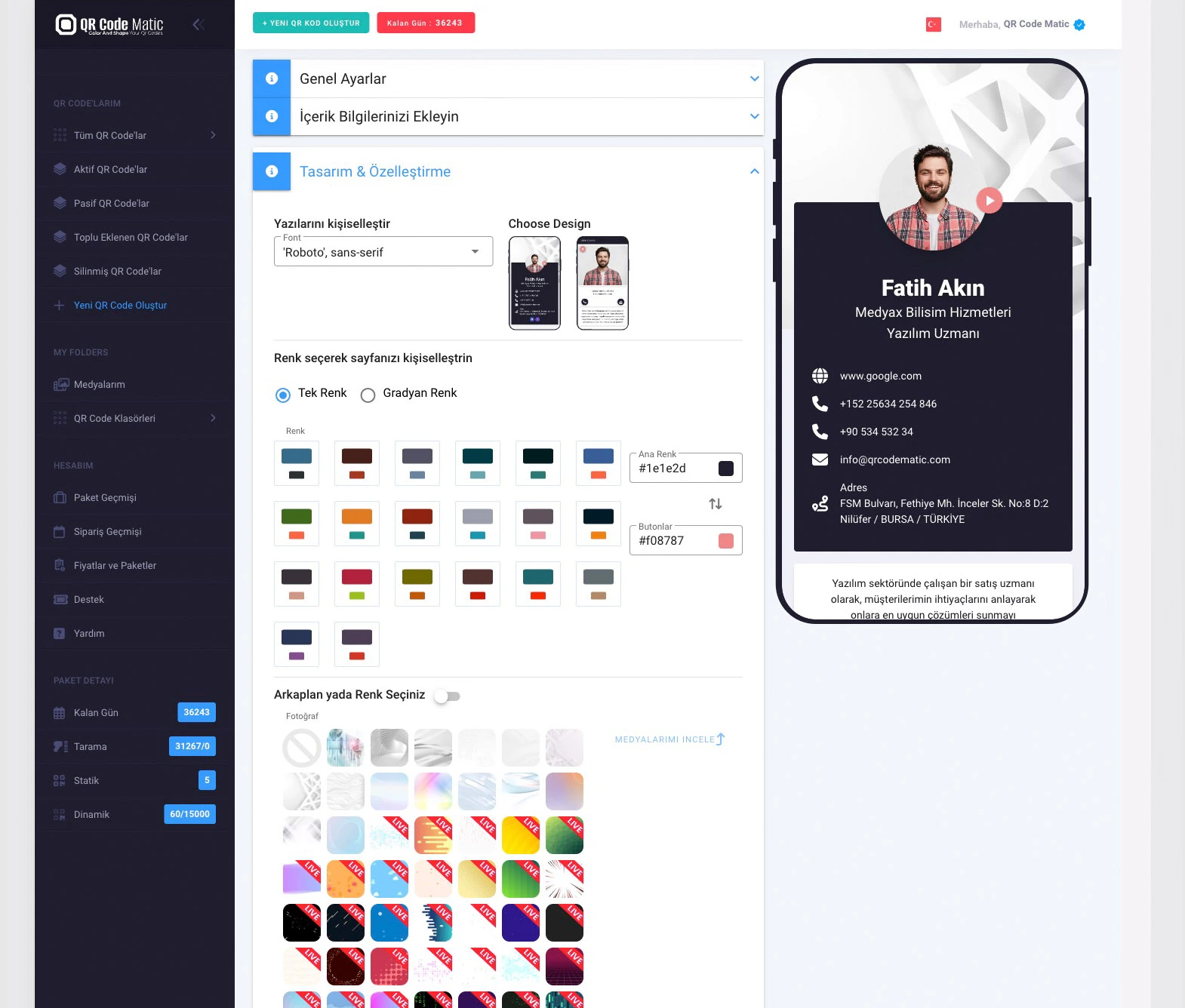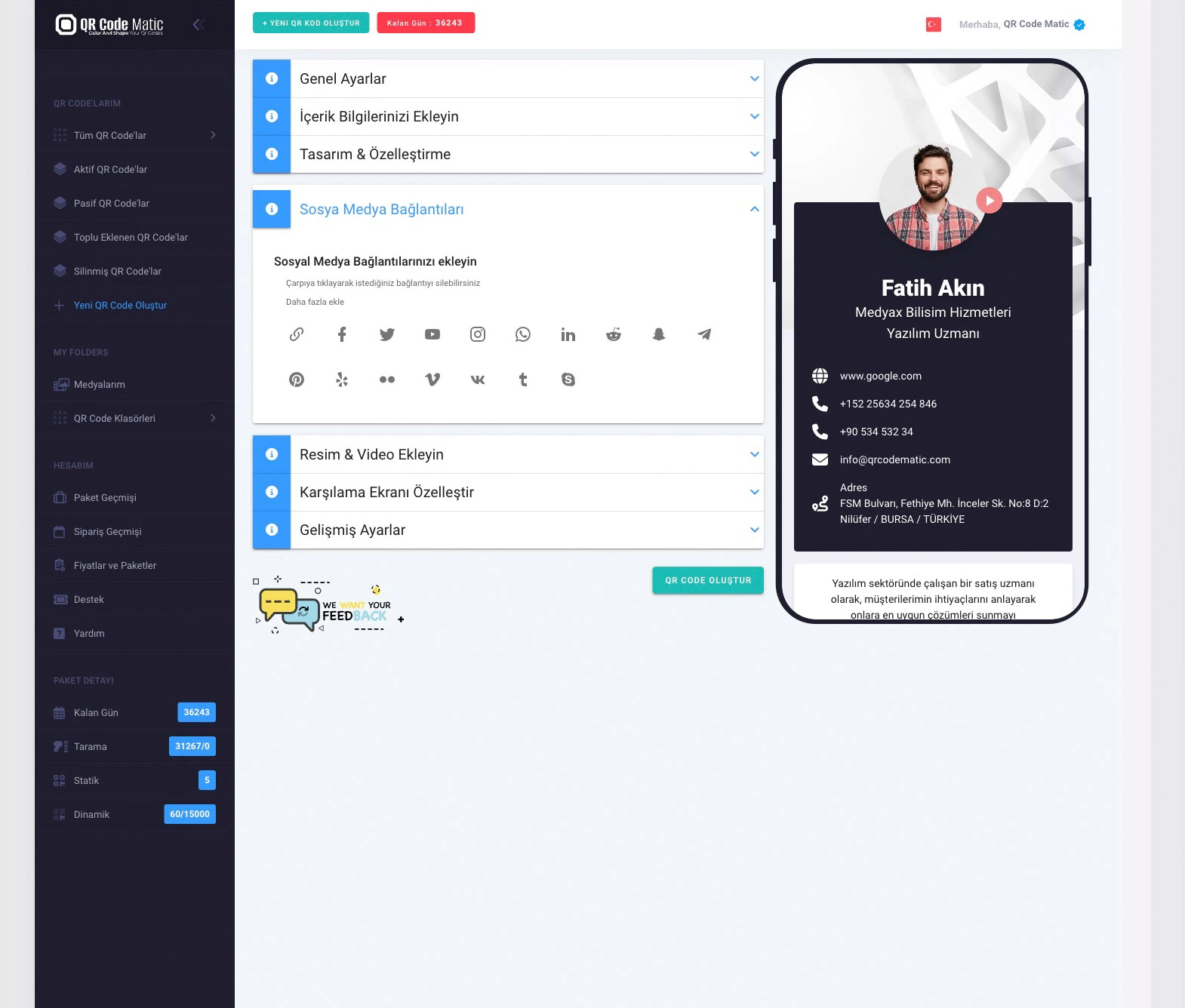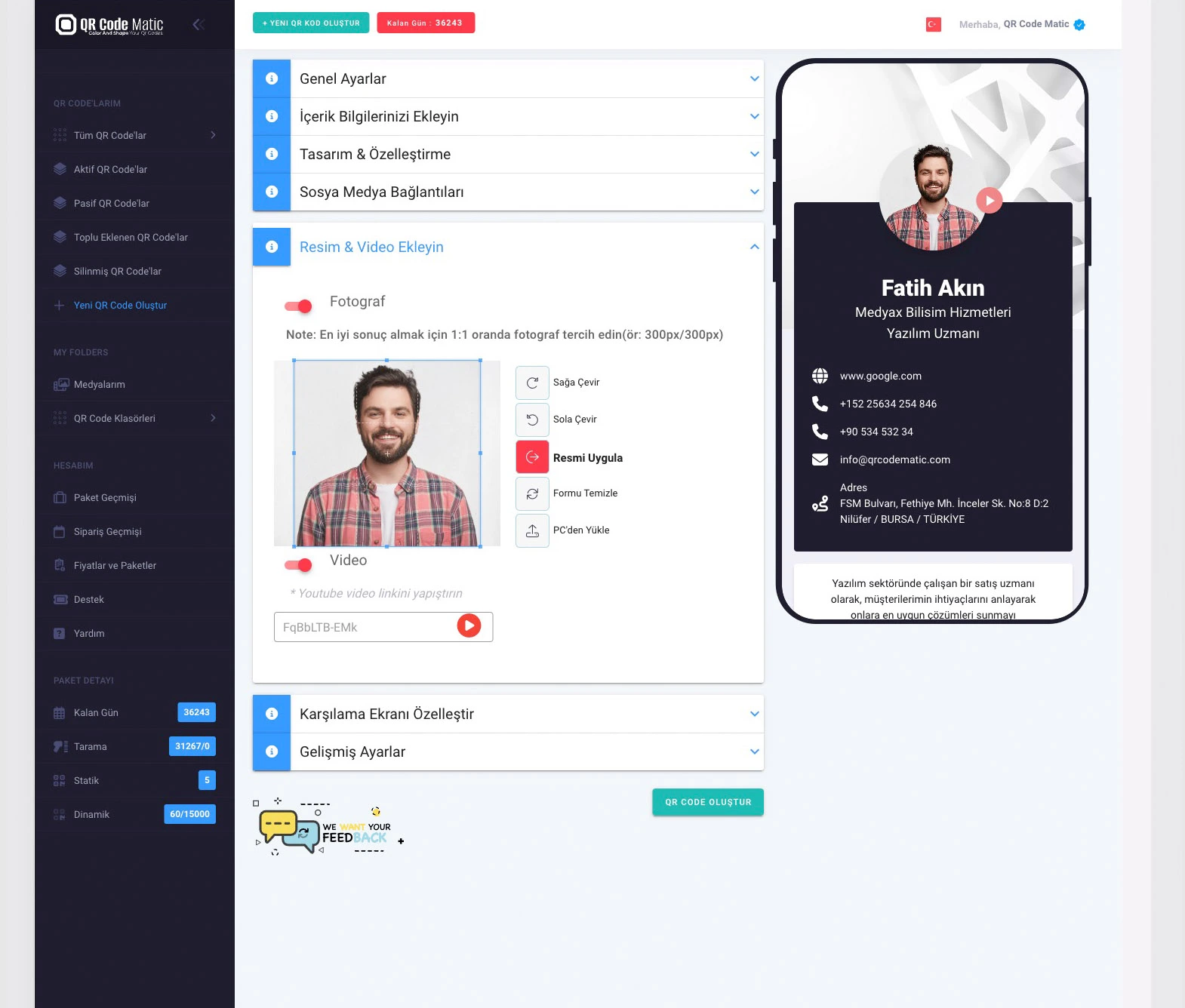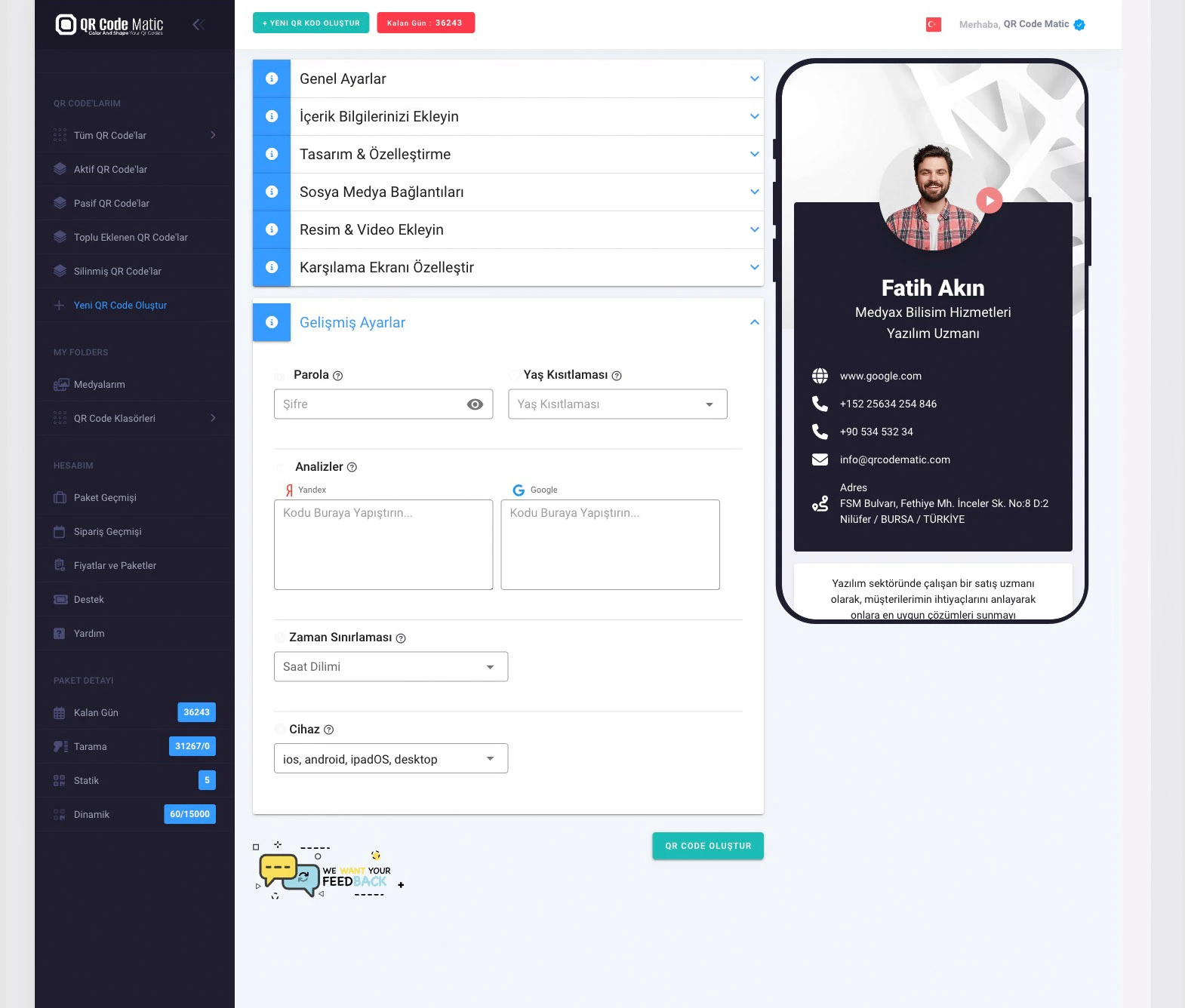Traffic signs are an important tool for ensuring safe and orderly traffic flow. Traditionally, traffic signs use printed text and symbols to convey specific rules, directions, and warnings to road users. However, with the use of QR codes on traffic signs, the traffic experience has become more interactive and informative.
Here are some advantages of using QR codes on traffic signs:
Quick Access: QR codes allow road users to access additional information quickly and easily. By scanning the QR code on a sign, a driver or pedestrian can obtain more detailed information about relevant traffic rules, directions, or warnings.
Dynamic Content: QR codes make the content of traffic signs more flexible and dynamic. When a change needs to be made to a traffic sign or up-to-date information is required, the content of the QR code can be updated. For example, in cases of road construction or traffic accidents, the QR codes on traffic signs can provide drivers with current traffic directions and alternative route suggestions.
More Comprehensive Information: QR-coded traffic signs provide drivers with more comprehensive information. Symbols and short texts on traffic signs may sometimes be insufficient. By scanning the QR code, drivers can access more details related to the traffic sign and obtain additional information about special circumstances or local traffic rules.
Traffic Education: The use of QR codes serves as an effective tool for traffic education. Particularly for new drivers or drivers unfamiliar with traffic rules in a foreign country, QR-coded traffic signs offer interactive education about traffic rules, signs, and warnings. Drivers can receive educational materials such as informative videos, brochures, or interactive content by scanning the QR code.
The advantages of using QR codes on traffic signs for wayfinding include:
Detailed Maps and Directions: QR codes on traffic signs can provide drivers or pedestrians with detailed maps and directions. Users who scan the QR code can view the map of the intended location and the fastest or most suitable route. This helps drivers or pedestrians understand how to reach a specific place more easily and quickly.
Alternative Routes: QR-coded traffic signs can offer drivers alternative route options. For example, in cases of road closures or traffic congestion, drivers who scan the QR code can see alternative routes and directions. This helps users evaluate route options to avoid traffic congestion and ensure a faster journey.
Promotion of Significant Places: QR-coded traffic signs can provide information about important places in the vicinity to drivers or pedestrians. Detailed descriptions, photos, or even videos can be presented through QR codes regarding tourist attractions, historical landmarks, shopping centers, or recreational areas. This helps users explore the surrounding areas and plan their trips more effectively.
Temporary Directions: During construction work, road closures, or other temporary traffic arrangements, QR-coded traffic signs can provide users with temporary directions. This allows drivers or pedestrians to adjust their routes according to the current traffic conditions or temporary arrangements and reach their destinations more comfortably.
In conclusion, QR-coded traffic signs enhance the wayfinding process, thereby improving traffic safety and enhancing the user experience. This technology integrates with modern navigation systems to enable users to reach their destinations faster and safer. QR-coded traffic signs facilitate the more effective and interactive communication of traffic directions, helping drivers better understand traffic flow and adhere to traffic rules.
